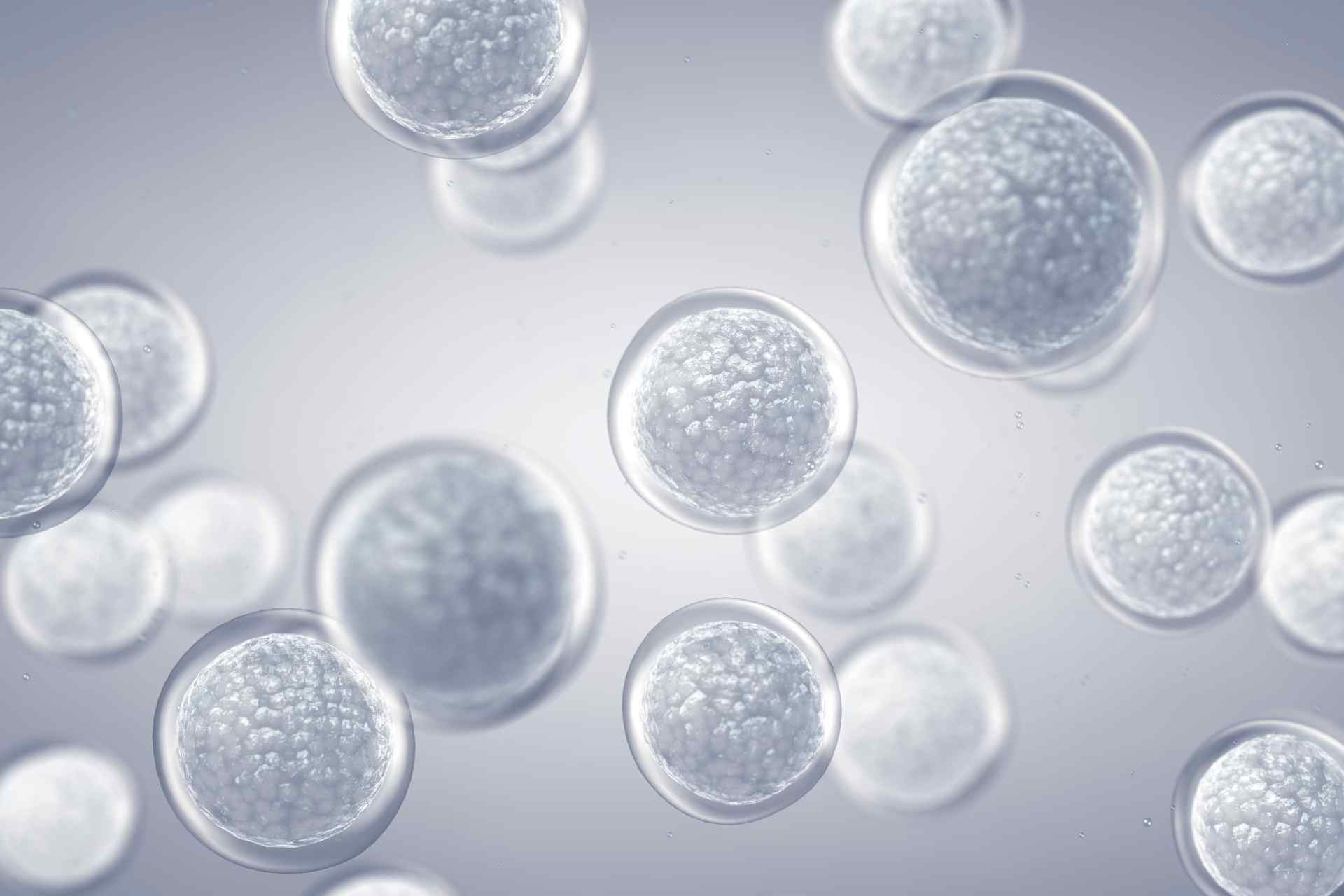A longer prebiotic fibre intervention may be necessary to improve clinical outcomes and microbiome diversity following haematopoietic stem cell transplantation (HSCT).
This pilot study, published in Blood Advances, investigates the impact of post-HSCT enteral nutrition (EN) with and without prebiotic fibre enrichment. By comparing standard EN to a prebiotic fibre-enriched formula, the authors evaluate tolerance, clinical metrics, and changes in gut microbiota composition, highlighting the potential of dietary strategies to support patient recovery and microbiome health after HSCT.
Indeed, during allogeneic HSCT, gastrointestinal microbiome dysbiosis can be caused by factors such as pre-HSCT conditioning and antibiotics. Post-HSCT microbial diversity decreases, leading to increased risk of pulmonary complications and bloodstream infections. The gut microbiome can also act as a reservoir for antibiotic resistance. Prebiotic fibre, particularly inulin, directly influences the microbiome, with a high-fibre diet associated with higher microbial diversity. However, there is no consensus on the optimal EN formula for patients post-HSCT.
Stool samples were collected at baseline and at the peri-engraftment (5 days before and after the stem cell transplantation) and analysed through metagenomic sequencing to evaluate changes in the gut microbiome. The prebiotic-enriched EN post-transplant (n=20 patients) significantly increased daily fibre intake – 22 g per day compared to just 4 g in the standard care group (n=10).
- Tolerability: both EN formulas were highly tolerable, with only 20% (n=2) of patients in the standard group and 15% (n=3) in the prebiotic group requiring parenteral nutrition.
- Microbial diversity: while both groups registered a reduction in microbial diversity, some changes were detected at the genus and species-specific level. In particular, the abundance of Lactobacillus genus, lactobacillus paracasei and lactobacillus rhamnosus increased significantly in the prebiotic group, remaining unchanged in the standard group. On the contrary, the relative abundance of faecalicatena gnavus increased in the standard group and declined in the prebiotic group over time.
- Antibiotic resistance: expression of MetaCyc antibiotic resistance gene pathways, including vancomycin, β-lactam and linezolid resistance genes, was significantly reduced after prebiotic EN feeding.
- Metabolic pathways: administration of prebiotic EN resulted in a significant upregulation of alcohol degradation, fatty acid, and lipid biosynthesis pathways. Despite a few changes in stool short-chain fatty acids (SCFA) content between pre- and post-feeding or standard and prebiotic enteral feeding groups, significant alterations were observed in stool ethanol content, higher in the control group, while serum analyses showed low levels of SCFAs and an absence of other related metabolites.
- Cytokines profile: throughout the study, there were no significant differences in levels of cytokines (IL-2, IL-4, TNF, GM-CSF, or Interferon gamma). However, a slight increase in IL-6 and a moderate decrease in IL-10 were observed in the prebiotic feed group after transplantation.
“This pilot trial demonstrates that a prebiotic EN formula is equivalent in tolerability to a fibre-free formula for adult patients undergoing HSCT. Provision of prebiotic EN is associated with increased abundance of some SCFA-producing Lactobacillus species and changes in Faecalicatena gnavus abundance, a reduction in expression of antibiotic resistance genes, and associated changes in stool metabolite content and serum cytokine levels. Our findings add to the literature exploring the dynamics and therapeutic potential of the gut microbiome-metabolome-immunity axis.”









